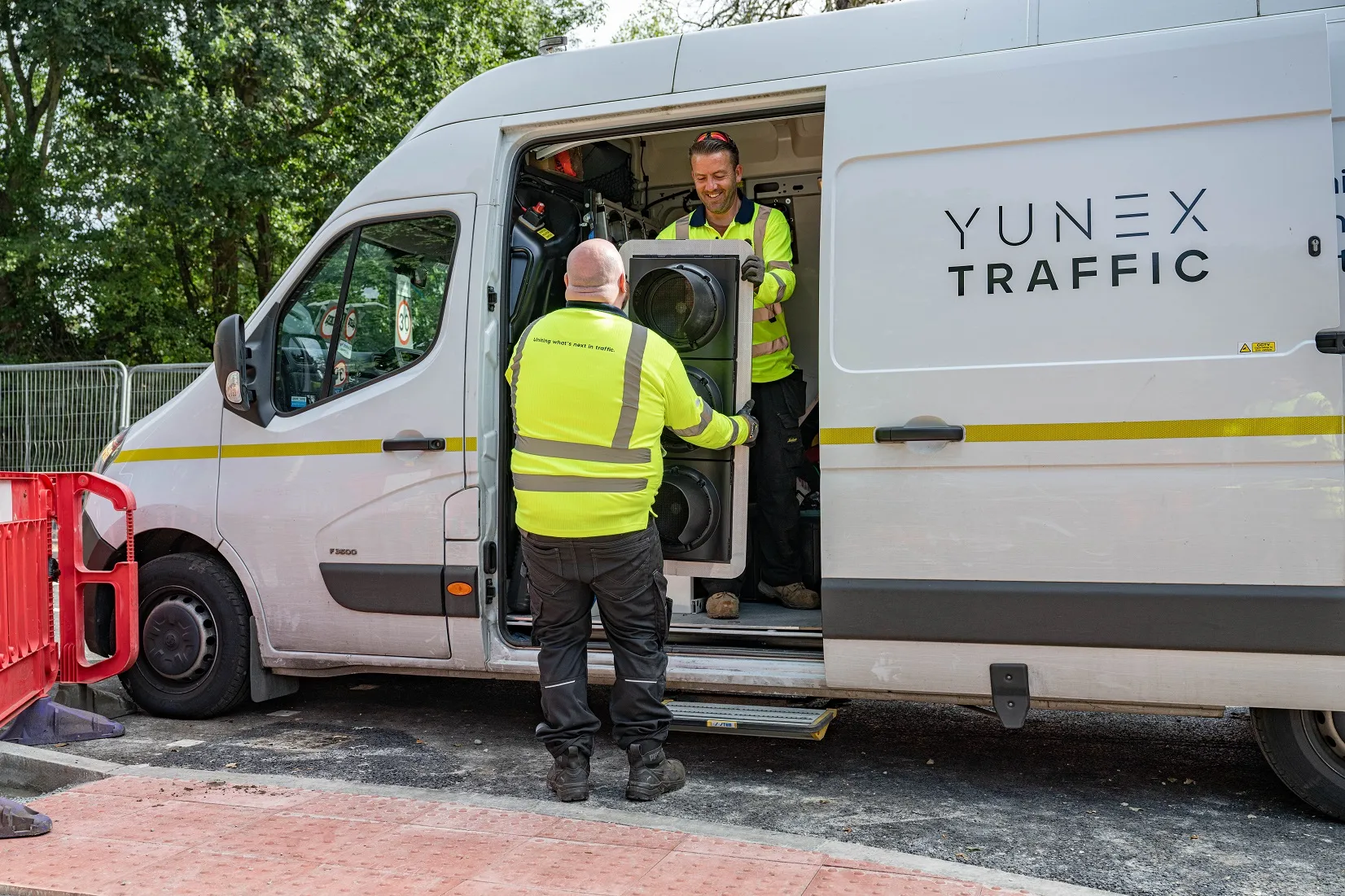Siemens is to provide Southend-on-Sea Borough Council (SOSBC) in the UK with a new hosted traffic management service operating real-time urban traffic control (UTC) including SCOOT adaptive control. The new seven year contract will see the migration of the current system to a new hosted Stratos solution to control traffic signal equipment across the town at 50 junctions and pedestrian crossings. Hosted UTC-SCOOT removes the need for local authorities to maintain their own office-based hardware and brings be
March 18, 2015
Read time: 2 mins
Hosted UTC-SCOOT removes the need for local authorities to maintain their own office-based hardware and brings benefits of scale, improved security and resilience to the system. As part of the new service, Siemens will provide assistance in the analysis of UTC operations and contribute to the development of strategic operational plans as well as analyse and rectify system faults remotely.
Siemens provides the UTC solution, operable from any location via a Siemens hosted system. The consolidation of traffic control infrastructure will lead to a significant year on year revenue saving as well as improving system reliability, by providing all traffic signals engineers with full access to all traffic signal systems.









